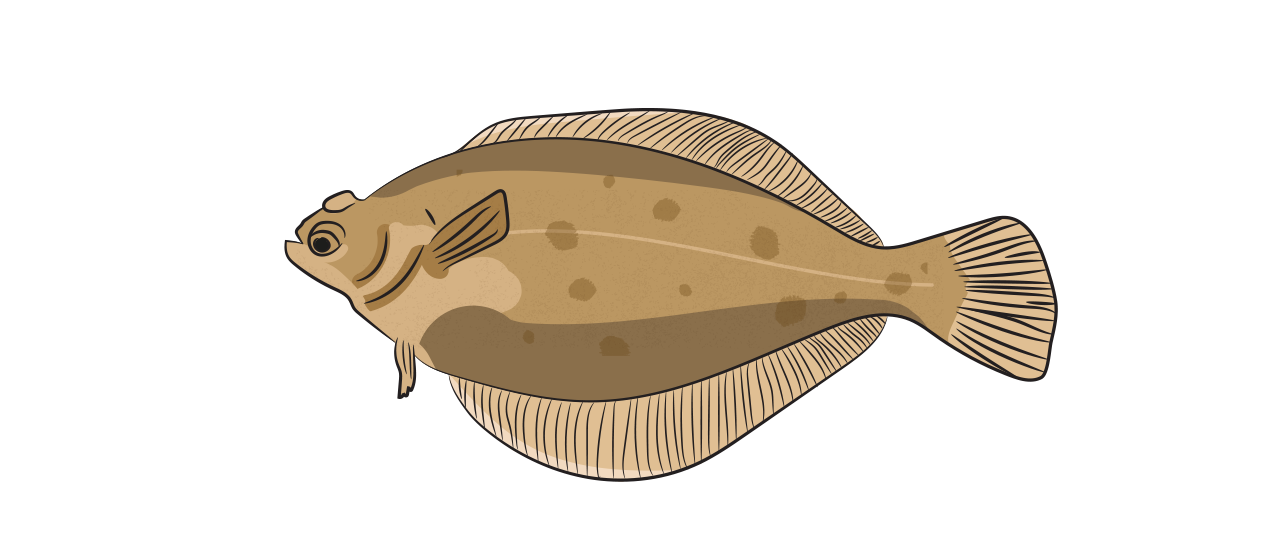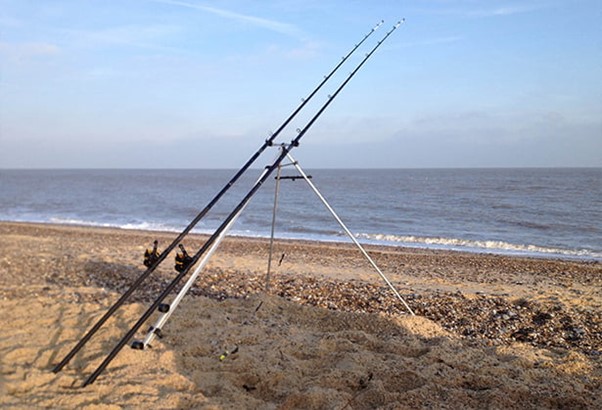Dab | Fish Species Guide | Angling Direct

Dab
aka Limanda limanda
Dab have both its eyes on one side of its body, similar to plaice and flounder but its skin is rough and there is a noticeable curve to the lateral line. The fish is a native to shallow seas around Northern Europe and can be found frequently in the North Sea on the sandy bottoms. Dab can be idenditifed by its sandy brown in colour with light orange, black or dark brown spots and a white/bluey underside.
Due to their sensitivity to anthropogenic environmental changes, dab show a high rate of malformations such as skeletal deformities, ulcers and liver changes.
Stats
Status
Habitat
Shallow waters, on sandy bottoms and up to a depth of 100m.
Bait
Worms, strips of fish, crustaceans & mollusks.
Native or Invasive
Native
Where
Common around the UK and Ireland, but mostly found in the North Sea extending to Scandinavian waters.
 Catch Experience
Catch Experience
Video
Blog Highlight
Beach Fishing For Flatfish - Dab Rigs, Tips & Tactics
Beach Fishing For Flatfish - Dab Rigs, Tips & TacticsTraditionally the colder months at the beginning of the year are normally very quiet months for the sea angler.The increase in Sprat population normally pulls all the larger fish into the...
Read More